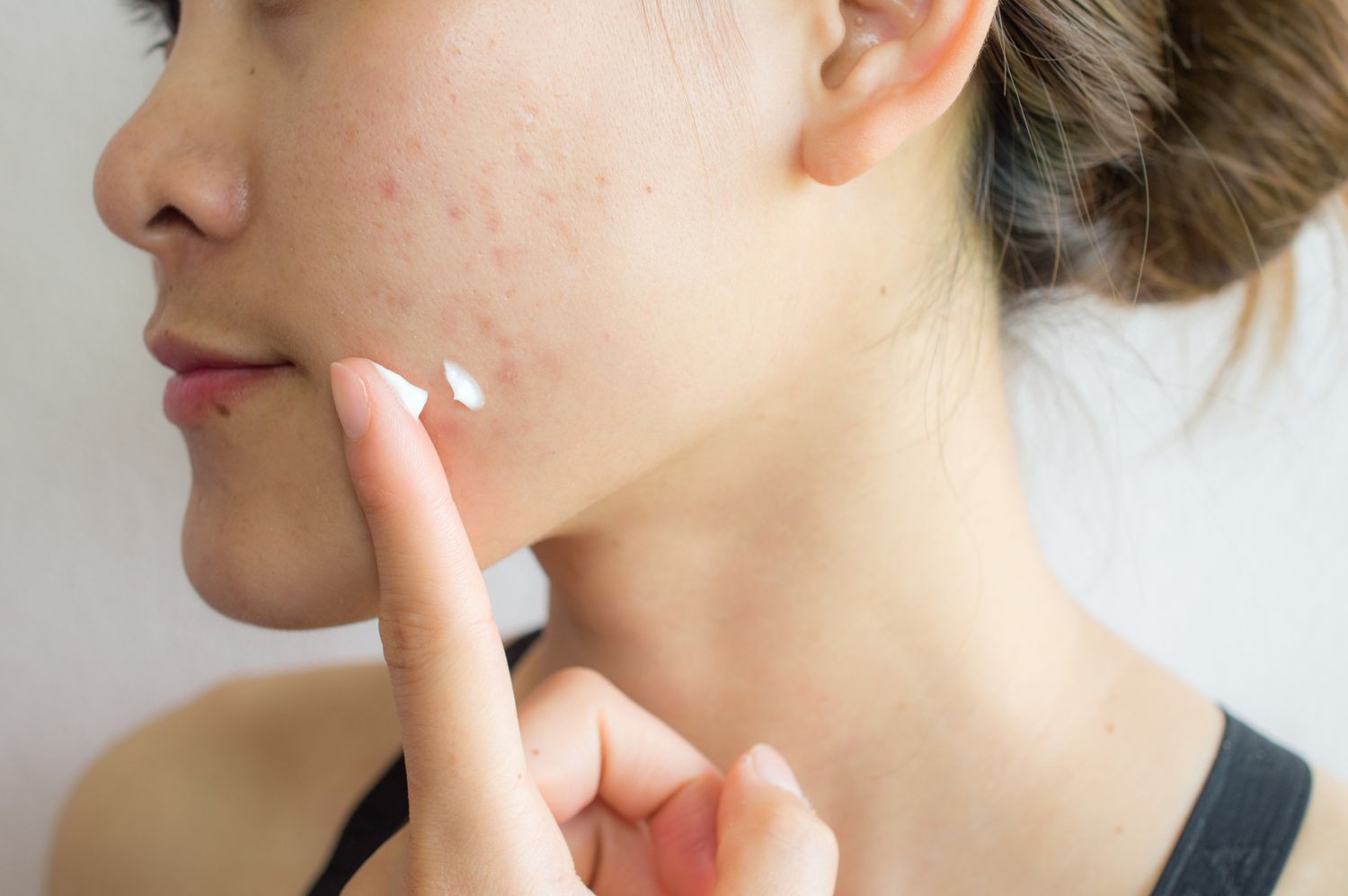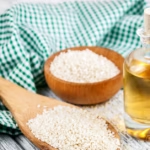All you need to know before you grab that tube of toothpaste to attack those unexpected, persistent bumps.
You wake up, rub your eyes, and catch your reflection—only to see a bright red pimple right in the middle of your forehead. Panic sets in. Maybe you’ve heard friends swear that a dab of toothpaste will dry it out overnight. It sounds almost too good to be true. Could it really be that simple?
If you’re tempted to give this fast fix a try, hold off for a second. While toothpaste might seem like an easy, inexpensive solution, the truth is that it tends to cause more harm than good.
Below, we’ll take you through the facts, the dangers, and safer, dermatologist-recommended solutions that can actually be used to clear your skin without the icky side effects.
Why Toothpaste Dries Out Pimples (And Why That’s Not Always Good)

Toothpaste can make a pimple appear to “heal.” It does this by drying out the skin so heavily that the bump reduces in size—temporarily. But beneath the dry top layer, your skin’s barrier is being compromised.
The chemicals in toothpaste are formulated to clean hard enamel, not sensitive facial skin. They contain alcohol, baking soda, fluoride, and triclosan, occasionally—a preservative associated with irritation and allergies. Over time, this toxic mixture can cause:
The Hidden Dangers in Your Toothpaste
Most toothpastes contain strong antibacterial chemicals. They protect your mouth, but they’re way too harsh for your skin. Here’s why:
Drying Agents
Ingredients such as alcohol remove your natural oils, making the skin try and compensate by secreting more sebum. This tends to cause even larger breakouts of acne.
Triclosan
Previously found in soaps, this preservative is prohibited in skincare products in certain nations due to fears of causing allergies and hormonal changes. However, it remains present in some toothpaste compositions.
Baking Soda
Baking soda is known to interfere with your skin’s pH balance, causing your face to become inflamed and susceptible to damage.
Fluoride
Fluoride toothpastes can further irritate sensitive skin and lead to redness or breakouts.
No surprise that dermatologists never—rarely, that is—suggest using toothpaste as a treatment for acne.
What Does Science Actually Say?

Although it’s well-liked as a do-it-yourself remedy, there is no scientific proof that toothpaste works against acne. It does not attack the pimple-causing bacteria, nor does it balance sebum production or calm inflammation in a sustained manner.
What it actually does do is so dry out the skin that it shrinks the pimple temporarily. But in doing so, you’ll risk getting into an irritation cycle that will ultimately make your breakouts worse in the long run.
Safer Alternatives for Treating Acne
If you want to clear up breakouts seriously, there are tried alternatives that won’t jeopardize your skin barrier.
Acne-Specific Products
Choose over-the-counter treatments with:
Benzoyl Peroxide: Kills bacteria that cause acne and assists in opening up clogged pores.
Salicylic Acid: Exfoliates within the pore and prevents new pimples from occurring.
Sulfur: Inflames the skin less and dries out current blemishes without stripping the skin of its natural oils.
Topical Retinoids: Controls cell turnover to avoid clogged pores.
These products are highly recommended by dermatologists and are designed to be effective yet not as harsh as toothpaste.
Gentle Cleansing and Moisturizing
Keep in mind that acne skin still requires moisturizing. Try using a gentle cleanser followed by a light, oil-free moisturizer. When your skin is in balance, it’s far less likely to overproduce oil.
Natural Remedies (With Caution)
A few individuals have found relief with diluted tea tree oil, which contains antibacterial qualities. Just be careful to patch test and not use it full-strength, since it can be irritating.
Other natural remedies that may soothe breakouts include:
What Happens If You Still Want to Try Toothpaste
If you do try it, be aware of the risks and go slowly. Steer clear of toothpastes that contain fluoride, triclosan, or harsh whitening chemicals. If you see redness, peeling, or burning, rinse it off right away.
If the irritation persists for more than a day or two, or if your acne gets worse, discontinue use of toothpaste and switch to a specialized acne treatment.
The Bottom Line
We’ve all been tempted by quick fixes, especially when a big event is around the corner and you’d do almost anything to make a pimple disappear. But toothpaste is not a safe or effective solution in the long run.
Better options are available—formulas designed specifically for acne, proven to help without wrecking your skin’s barrier. If you’re struggling with frequent breakouts, it’s worth seeing a dermatologist who can tailor a treatment plan that works for your skin type and concerns.
Also Read : How to Naturally Get Rid of Pimple Marks — Easy Tips for Radiant Skin



